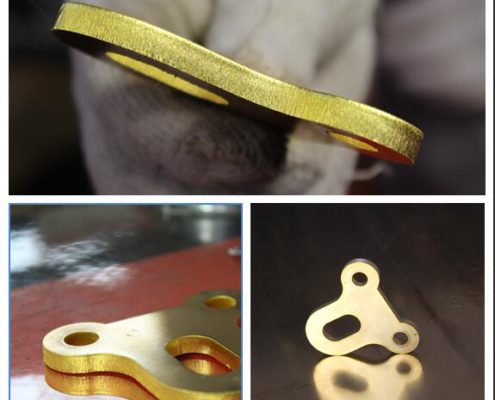Differences between the CO2 and Fiber laser cutter: Charry
Differences between the CO2 and Fiber laser cutter
Differences between the CO2 and Fiber laser cutter

1. From the laser device structure to compare
In carbon dioxide laser cutting technology, carbon dioxide gas is the medium that generates the laser beam. However, fiber lasers work via diodes and fiber optic cables. The fiber laser system pumps the laser beam through multiple diodes and then transmits it through a flexible fiber optic cable to the laser cutting head rather than through the mirror. This has many advantages. The first is the size of the cutting bed. In gas laser technology, the mirror must be set within a certain distance, which is different from that of the fiber laser technology. It is even possible to install the fiber laser next to the plasma cutting head of the plasma cutting bed. The CO2 laser cutting technology does not have such an option. Also, the ability of the fiber to bend makes the system more compact when compared to an equivalent power gas cutting system.
2. Comparison of electro-optical conversion efficiency
The most important and significant advantage of fiber cutting technology is its energy efficiency. With fiber laser complete solid-state digital modules and a single design, fiber laser cutting systems have higher electro-optical conversion efficiency than carbon dioxide laser cutting. For each power supply unit of a carbon dioxide cutting system, the actual general utilization is about 8% to 10%. For fiber laser cutting systems, users can expect higher power efficiency, which is between 25% and 30%. In other words, the overall energy consumption of fiber-optic cutting systems is about 3 to 5 times less than that of carbon dioxide cutting systems, making energy efficiency up to more than 86%.
3. Compare with maintenance costs
Fiber laser cutting is more environmentally friendly and convenient in terms of machine maintenance. The carbon dioxide gas laser system requires regular maintenance; the mirror needs maintenance and calibration, and the resonator needs regular maintenance. On the other hand, fiber laser cutting solutions require almost no maintenance. The carbon dioxide laser cutting system requires carbon dioxide as the laser gas. Due to the purity of the carbon dioxide gas, the inside of the resonant cavity may be contaminated and needs to be regularly cleaned. For a multi-kilowatt carbon dioxide system, this needs at least $20,000 a year. In addition, many carbon dioxide cuts require high-speed axial turbines to deliver laser gas, and turbines require maintenance and refurbishment.
More details about the fiber laser cutting machine,contact us as below:
Email: xintian111@xtlaser.com
Whatsapp:+8618253165863



